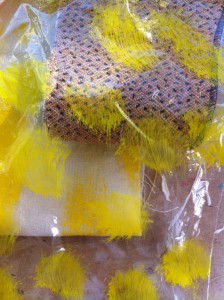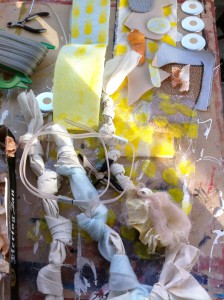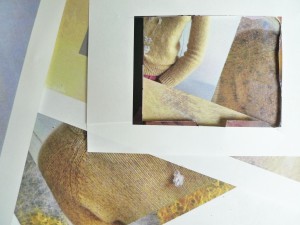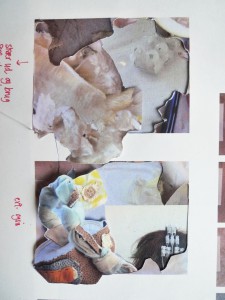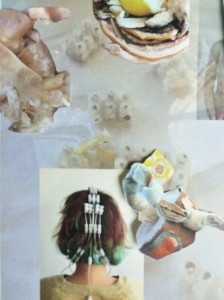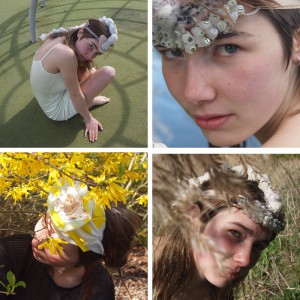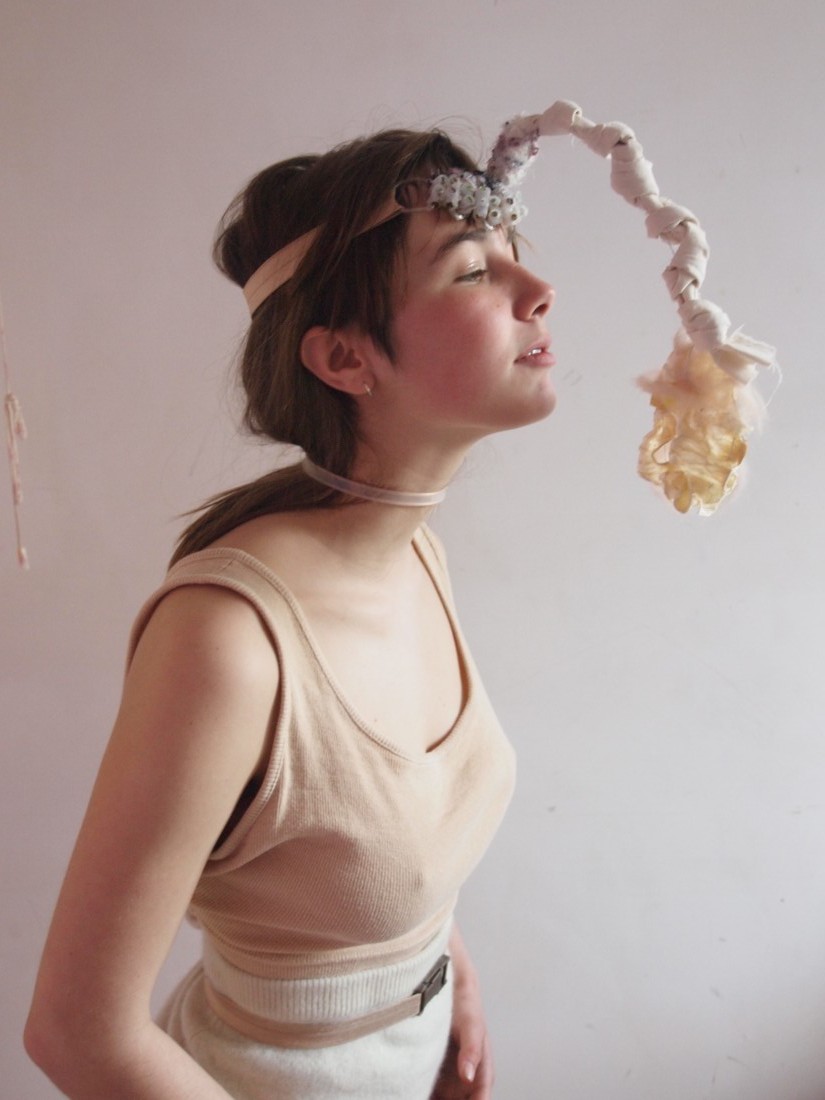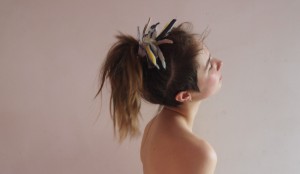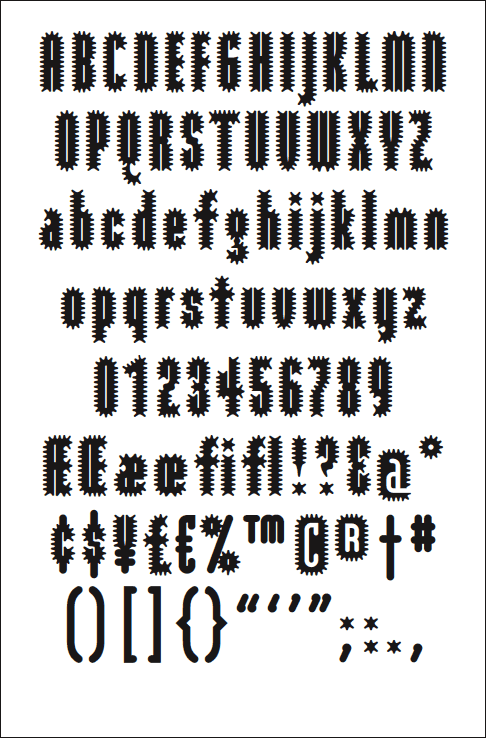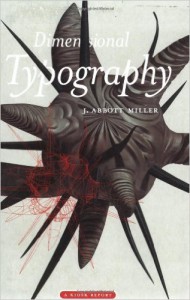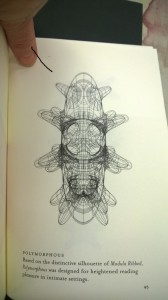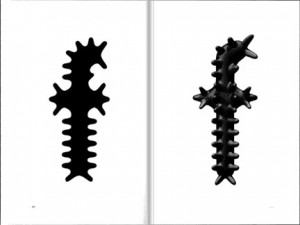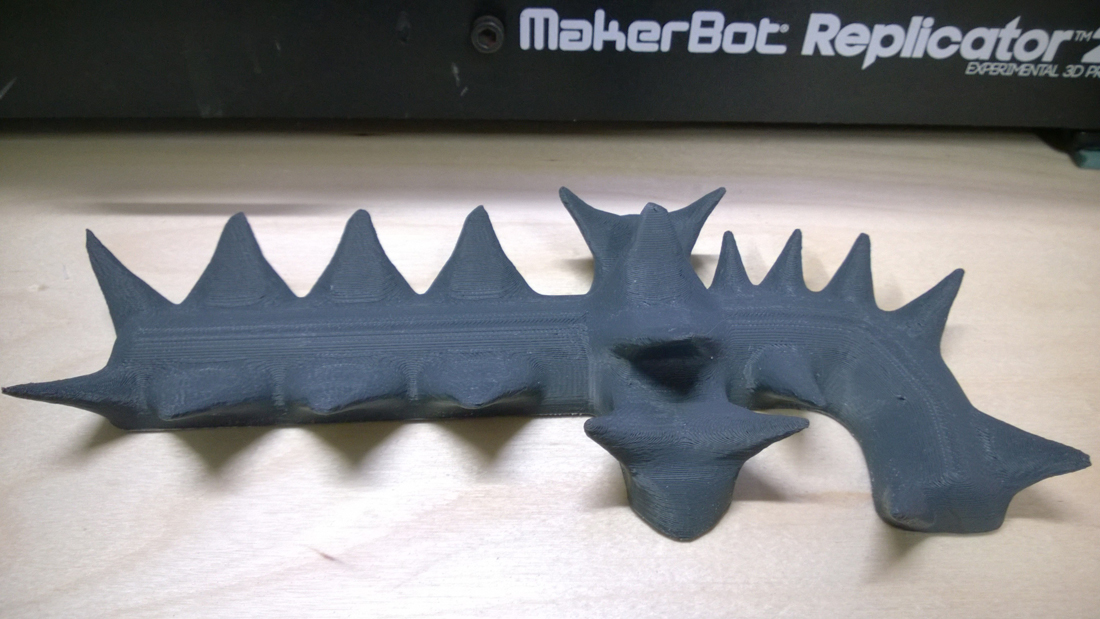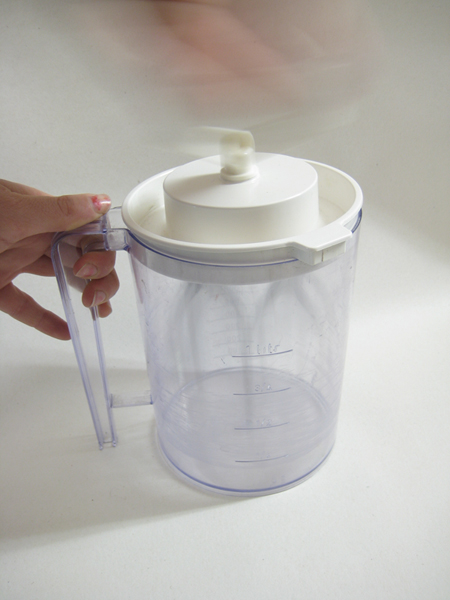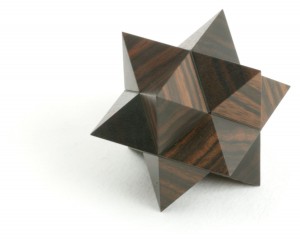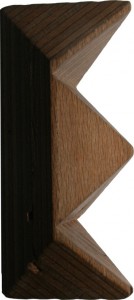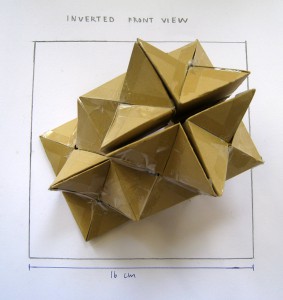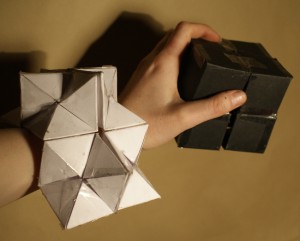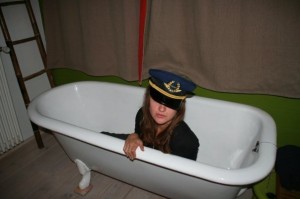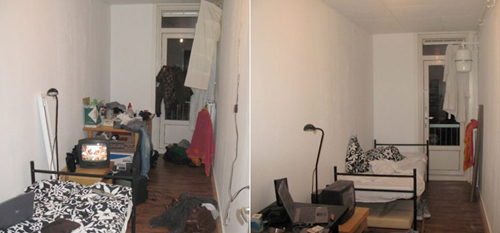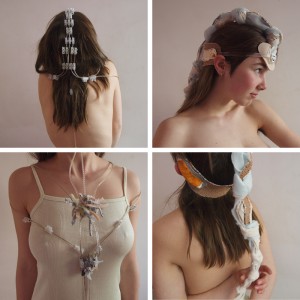
So, make a headpiece which relates to a person that you find interesting.
‘Identity check’.
Björk used to be a creative inspiration for me. Actually she was that, when I was quite young – but stil very relevant in relation to this assignment I found her interesting because of her complex universe, that does not seem to have any limitations. That could only be an interesting starting point. In an old MTV clip you find her in the end sitting next to a boiling geyser on Iceland. “I really like it here. It’s very very ancient but then futuristic at the same time. Sort of sci-fi. And all the colors you see makes me believe that plastic is natural” she says, and this idea became a foundation for my work.
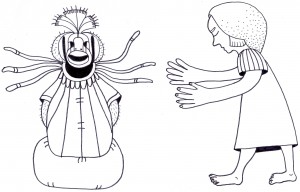 By listening to her songs and watching these documentaries about her, I collected a bunch of words. These words I putted together – arranged differently according to the simplicity and complexity that she represents at the same time. I ended up with the words Electric Emotion, which lead me to the next step. It was driven by contradictions, and I wanted to reflect this in the choice of materials. Something that reflected both the organic and high tech world that Björk creates. I also wanted to discover something from the Icelandic traditions – and the overwhelming Icelandic nature.
By listening to her songs and watching these documentaries about her, I collected a bunch of words. These words I putted together – arranged differently according to the simplicity and complexity that she represents at the same time. I ended up with the words Electric Emotion, which lead me to the next step. It was driven by contradictions, and I wanted to reflect this in the choice of materials. Something that reflected both the organic and high tech world that Björk creates. I also wanted to discover something from the Icelandic traditions – and the overwhelming Icelandic nature.
I found an Icelandic headpiece that was worn by women in the 17th century and into the 19th. A Faldbúningur it is called. It has a specific rounded shape, like an ornament – pointing upwards, which I also found in some microscopic pictures of an Icelandic Orchid. So I though that this would be a reasonable foundation for a form. During the tryout for this shape, I figured that it would actually be more interesting to work with material research and then find a form appearing from that. In that way I would end up with a self-created shape instead of working out from one that was already created centuries ago.
I find the peel of a Pomelo and grapefruit interesting because of its tactile appeal. When just peeled, it is soft looking but quite strong as a material and after being dried it seems hard but turns extremely fragile. The dry edition of the peel also has a certain transparency and visible fiber structure. It very much seems like veins running in the skin. And when sewed on textile, it forces a curved shape to the textile when drying. I really liked this.
I found some cable connectors which I teared apart and connected again in a pattern that I though could show an idea of the electric streams that runs through your energy system in your body. To make this electric part look more organic, I melted the cable connectors so the plastic changed to a more rounded and random form around the screws. I kept this question in mind: can I keep trying to make plastic look natural, and natural materials look like more or less complicated technology?
These two materials became my conceptual focus, and the other materials appeared afterwards – due to my search after appealing colors and structures that could relate to the whole idea. I started working with light colors to calm down on the material wise diversity that I expected in the beginning. Transparency and layers also appeared because these create an interesting expression which I wanted to examine. And also because I think it visually relates both to phenomena in nature and the mystic of the undiscovered future.
Due to the material research I figured it could be fun to make a collection of headpieces – more related to body jewelry. I focused on the ‘emotion’ part, and created different shapes that could function in both expressing and healing emotions. As an example the feeling of calming down when having a palm against your forehead.
Curiosity and fun is what I immediately see in the headpieces when looking at the end result. I see the material as body extensions that shows emotions which are usually hidden inside the body. In this case the Electric Emotion that appears when feeling excited, aware, confused, curious, related or in love. Because of the many wires that are used in especially one of the pieces, it is also creating a feeling of being trapped in emotions, when wearing it.
